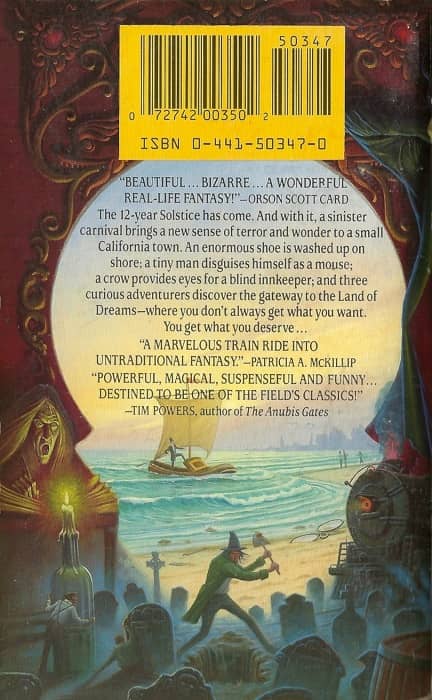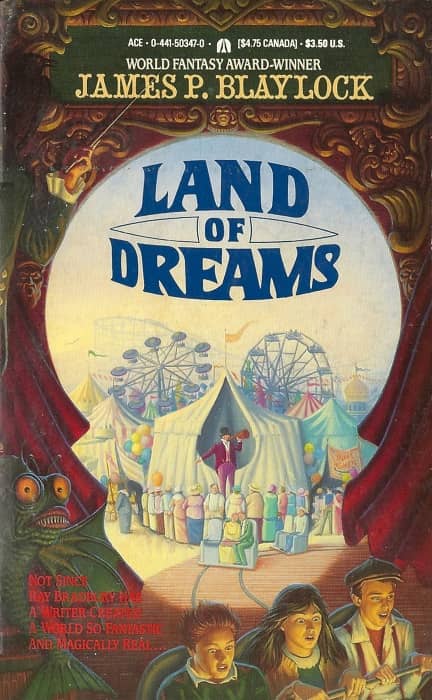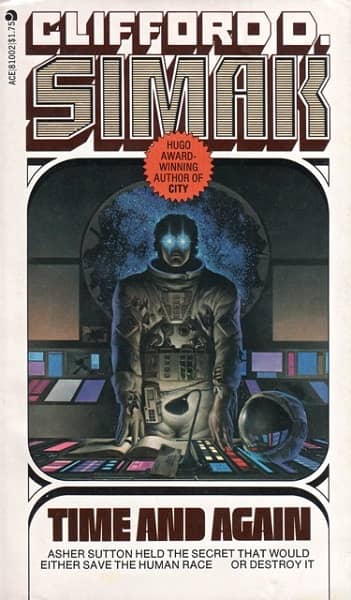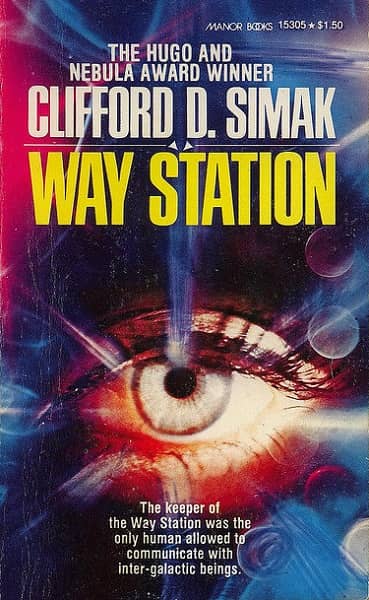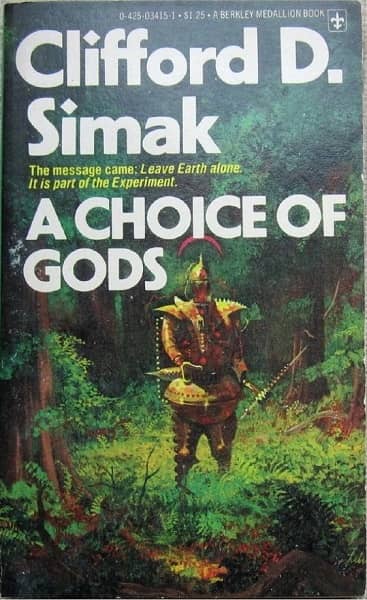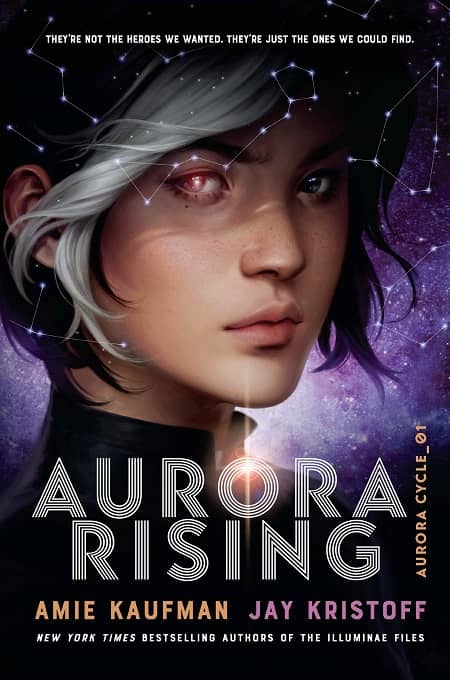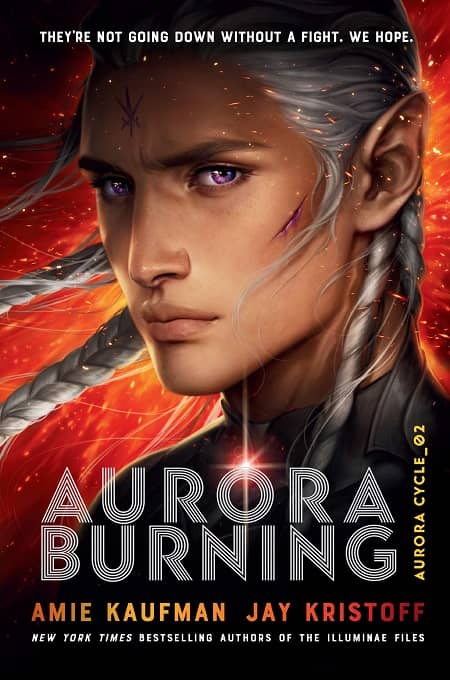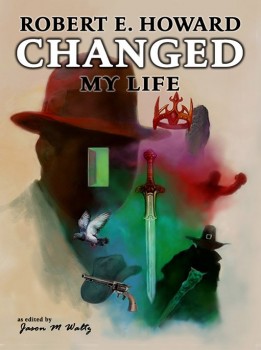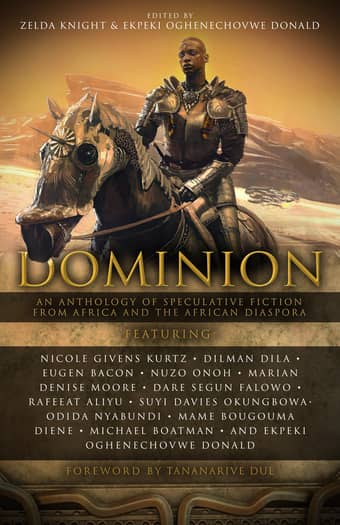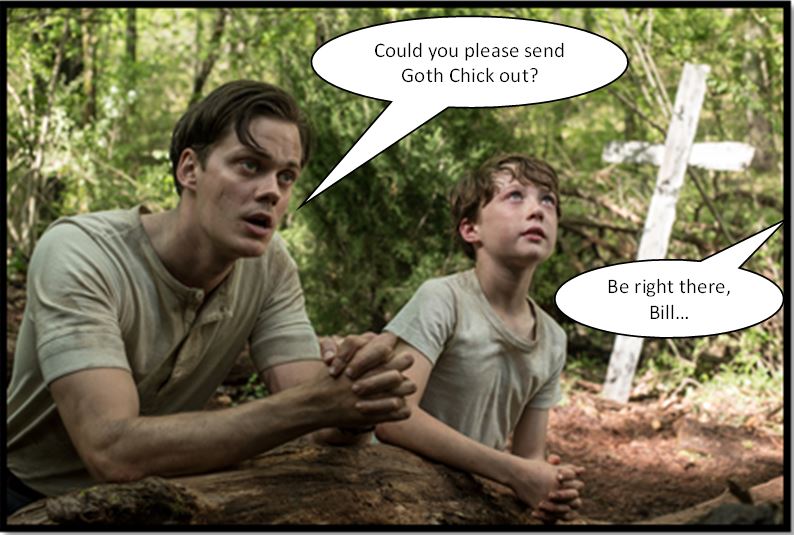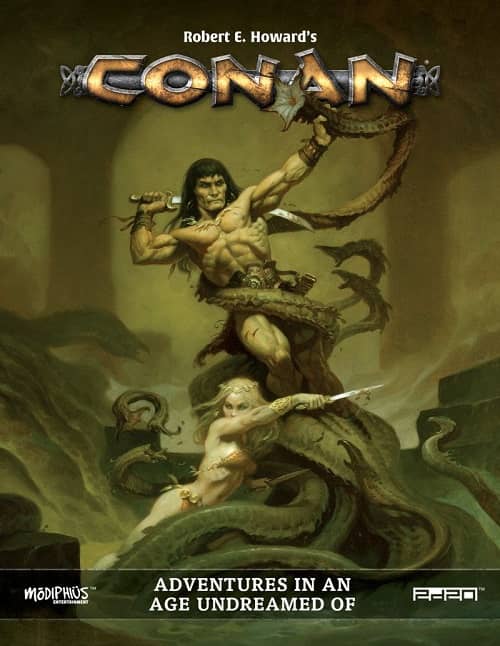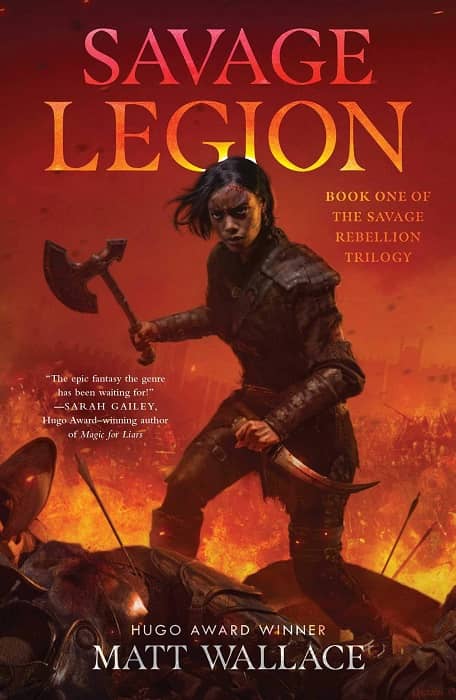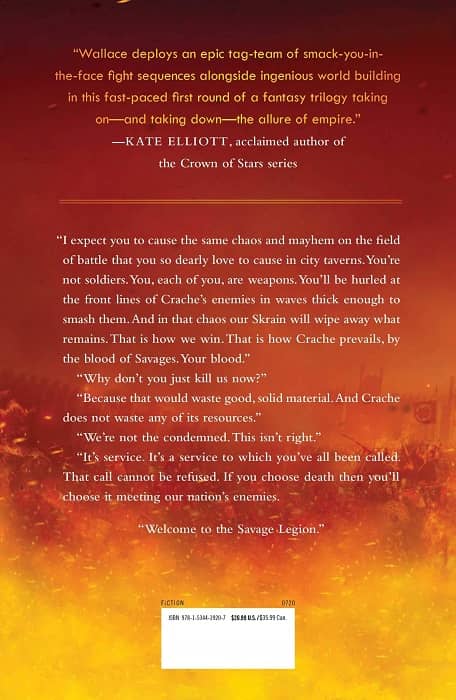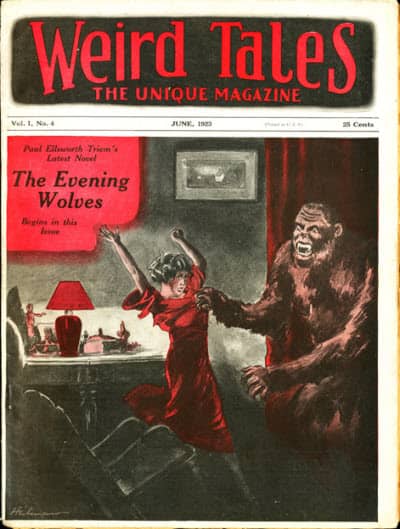The Alternate History You’ve Been Waiting For: A Declaration of the Rights of Magicians by H.G. Parry
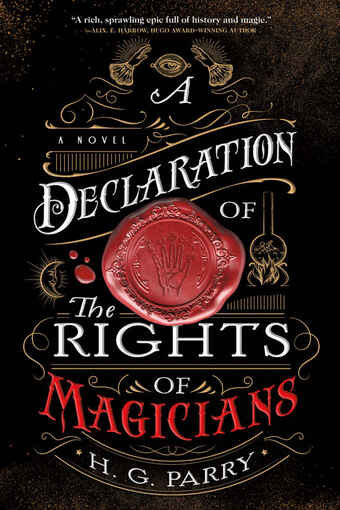 A Declaration of the Rights of Magicians
A Declaration of the Rights of Magicians
H.G. Parry
Redhook (545 pages, $28 in hardcover/$14.99 digital, June 23 2020)
Covered designed by Lisa Marie Pompilio
Susanna Clarke’s monumental Jonathan Strange & Mr Norrell created a believable history of English magic and interwove this history into the story of her main characters. In A Declaration of the Rights of Magicians, H. G. Parry attempts to do something similar. Whereas Clarke’s book was set during the Napoleonic Wars, Parry’s takes place in the decades leading up to this, chronicling the abolitionist movement in England, slave revolutions in the Caribbean, and the French Revolution. And whereas Clarke invented her own eponymous characters, Parry brings actual historical actors to life in her magical alternate history.
In 1779, the trade in African slaves flourishes. Besides the horror of kidnapping and the Middle Passage, in Parry’s history slaves are also force-fed alchemical substances that make it physically impossible for them to resist commands. They are imprisoned in their own bodies. In England, where only the aristocracy can use magic freely, the young member of parliament William Wilberforce is working with his close friend and eventual Prime Minister William Pitt to pass legislature outlawing the slave trade. In France, meanwhile, magic is even more tightly regulated, with commoner magicians forced to wear bracelets that burn when they illegally use their magic. (For commoners, this means any time they use their magic.) This system of control exists because of the Vampire Wars of the previous centuries, when vying vampire sovereigns used Europe as their personal chessboard. When the vampires were defeated, dark magic was banished outright and nations signed a concord to never use magic in war again.
This is the background against which Parry’s novel follows three main strands of revolution: a revolution of slaves in Haiti through the eyes of Fina, a former slave learning she has a unique magic; the French Revolution, triggered by the desire to give commoners the right to practice magic but quickly becoming something much darker; and the idealistic revolution for abolition Wilberforce and Pitt are pursuing in the halls of the British Parliament. The plot has the feel of a gathering storm, as our characters realized someone is pulling strings to plunge Europe back into war.
